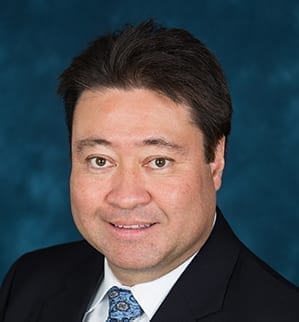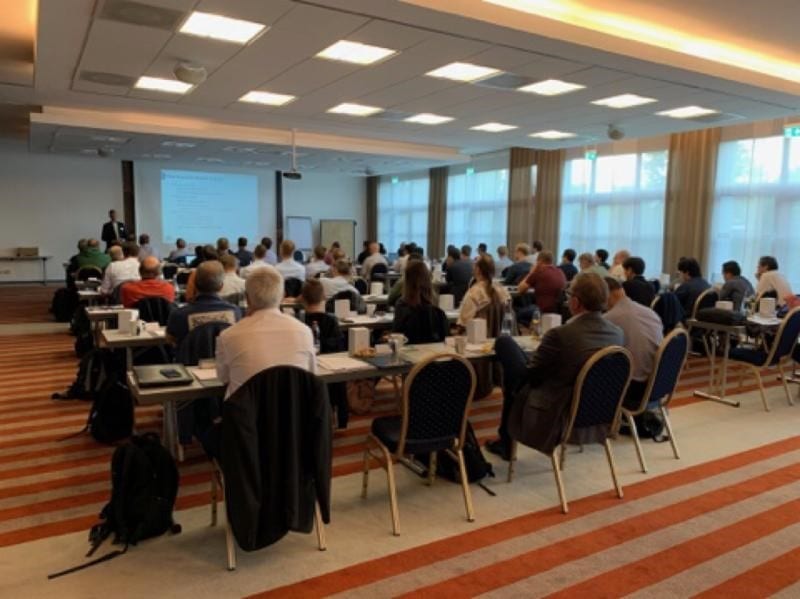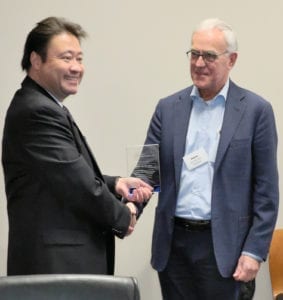
We just completed our first European Developers’ Workshop focused on the emerging FDT IIoT Server™ (FITS™) standard scheduled to release to the public in the first quarter of 2020. More than 60 product managers, system architects, and software engineers from around the world (both members and non-members) attended this two-day event to gain advanced insight into business benefits the FITS architecture enables. On the second day, it was truly unique in that attendees received hand-on programming experience with the actual platform independent developer tools (Common Components), that greatly simplify the development of FITS compliant device DTMs, in addition to Desktop, and Server applications. The only “negative” feedback received, is that attendees would have liked additional time with the tools – one day wasn’t enough to explore all the new capabilities!

I cannot stress strongly enough the significance that our development tools for FITS are fully platform independent. This means that the resulting products that our vendor community develops using these tools will be platform and operating system independent. Since the FITS deployment options are scalable from skid to cloud, platform independence yields the optimum ROI for both the vendors and end users. Read more about FITS and platform independence in the companion article entitled, “FITS Provides Platform-independent Solution to Modernize and Simplify Automation Product Development.”
One question that comes up frequently from end users when we are discussing our new FITS standard is the availability and capability of OPC UA within the architecture. We have taken a very principled position that in order to support Industry 4.0 and IIoT initiatives, OPC UA must be natively integrated in our solution. In the FITS standard, all device DTMs automatically make their data and health information available through the OPC UA Information Model that works equally with all industrial control networks across factory and process automation. This rich dataset is then exposed through the OPC UA Server that is built into our FDT Server. This means that any OPC UA Client that has authenticated access to the Server is able to acquire real-time data and health information from any connected device. This unparalleled capability is a direct result of our collaboration with OPC Foundation.

At our recent Board meeting we had the opportunity to review the tremendous progress that our various committees have made in preparing the release of the FITS standard. Thousands of volunteer hours have gone into this project with many more to follow. On behalf of our Board of Directors, I would like to thank the individuals and the companies that have so generously contributed to this outstanding body of work.
While the FITS project occupied much of the Board agenda, we paused to recognize the retirement of a long-term leader within the FDT organization – Henk van der Bent of Yokogawa. Henk was active at the founding of the FDT standard serving continuously on our Executive Committee and most recently as Treasurer of the organization. Henk’s leadership and guidance has contributed greatly to the success of the FDT standard. Thank you, Henk – you will be missed. We wish you an enjoyable retirement.

The Board also had the opportunity to thank Ian Verhappen for his leadership in steering FDT through the process of becoming an ISA/ANSI standard. Ian is an active and well-respected member of the automation community, so we are very grateful for his expertise and service to this important standard for the Americas.
While it’s great to look back and be proud of the progress accomplished by all this year, we look forward to Q1 2020 as we plan the official launch of the FITS standard along with all the development tools that will drive digital transformation across the automation sector. Stay tuned to the FDT Group website, newsletter and social media outlets as news releases.
Lee Lane, FDT Chairman of the Board